Indirizzo
304 Il cardinale nord S.
Dorchester Center, MA 02124
Ore di lavoro
Dal lunedì al venerdì: 7:00 - 19:00
Fine settimana: 10:00 - 17:00
Benvenuti nel mio blog!
Prima di addentrarci nei contenuti, se sei interessato ai nostri prodotti o hai domande, non esitare a visitare il nostro Contattaci pagina sul sito web. Il nostro team è pronto ad assisterti con richieste, ordini o qualsiasi supporto di cui potresti aver bisogno.
Ora, iniziamo il nostro viaggio insieme. Spero che troviate i contenuti qui presenti interessanti, coinvolgenti e preziosi.
Nell'intricato mondo degli ambienti chirurgici, dove precisione e comfort del paziente si fondono in modo armonioso, le dimensioni del tavolo operatorio emergono come un fattore cruciale. Oltre alle sue dimensioni fisiche, le dimensioni del tavolo operatorio hanno profonde implicazioni per il successo delle procedure e il benessere del paziente. Mentre le strutture sanitarie si impegnano a ottimizzare la propria efficienza operativa e a elevare gli standard di cura, comprendere le sfumature delle dimensioni del tavolo operatorio diventa fondamentale. Unitevi a noi per approfondire le complessità di questo componente essenziale in ambito chirurgico e scoprire la sua importanza nel migliorare i risultati per i pazienti e l'efficacia delle procedure.
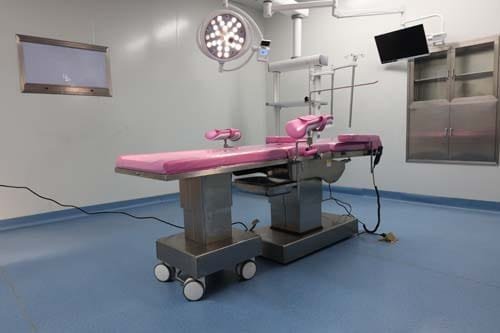
I tavoli operatori sono disponibili in varie dimensioni, generalmente classificate in base al peso che possono supportare. Le dimensioni del tavolo sono fondamentali per il comfort del paziente, la sicurezza e l'accessibilità per l'équipe chirurgica. È essenziale disporre di tavoli che possano ospitare pazienti di diverse corporature per garantire che ogni individuo riceva la migliore assistenza possibile.
| Caratteristica | Tavolo operatorio standard | Tavolo operatorio bariatrico | Tavolo operatorio speciale |
|---|---|---|---|
| Capacità di peso | Fino a 500 libbre | 500-1000 libbre | Varia |
| Dimensioni del paziente | Da medio a grande | Obeso | Dipende dalla specialità |
| Procedure chirurgiche | interventi chirurgici generali | interventi chirurgici generali | Procedure specifiche |
| Caratteristiche speciali | Regolazioni di base | Telaio rinforzato, più largo | Regolazioni specifiche |
| superficie | per procedura |

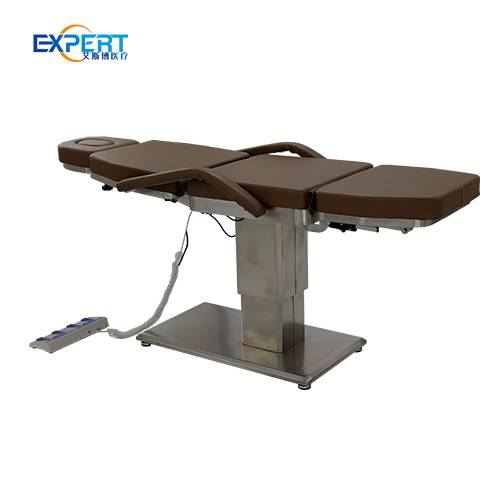
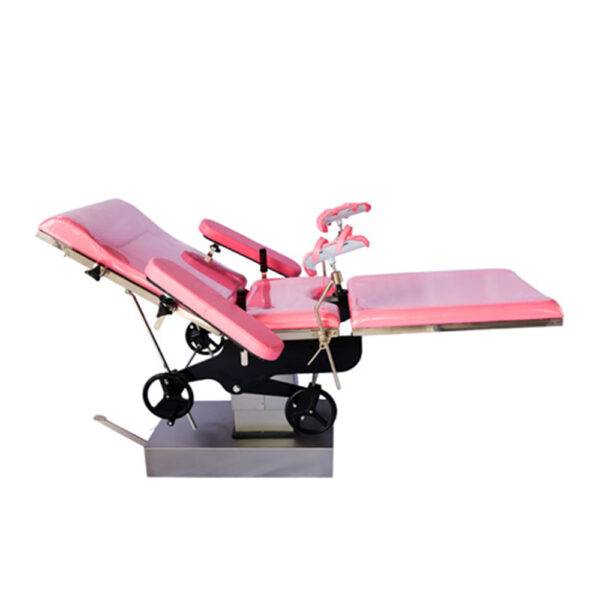
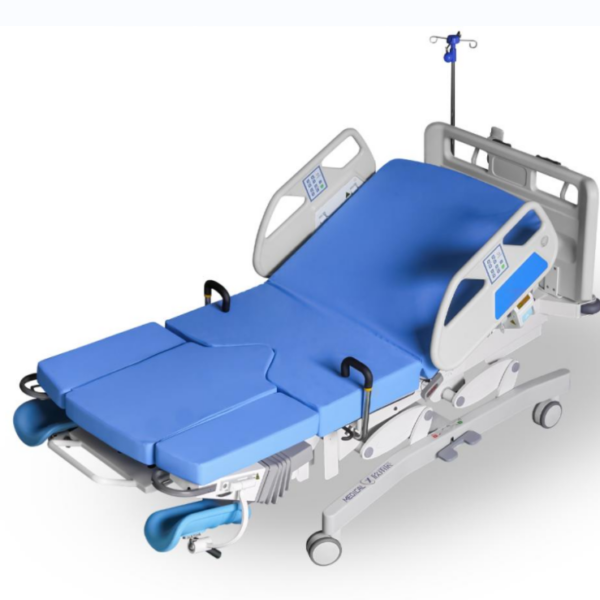
-600x600.jpg)

.jpg)
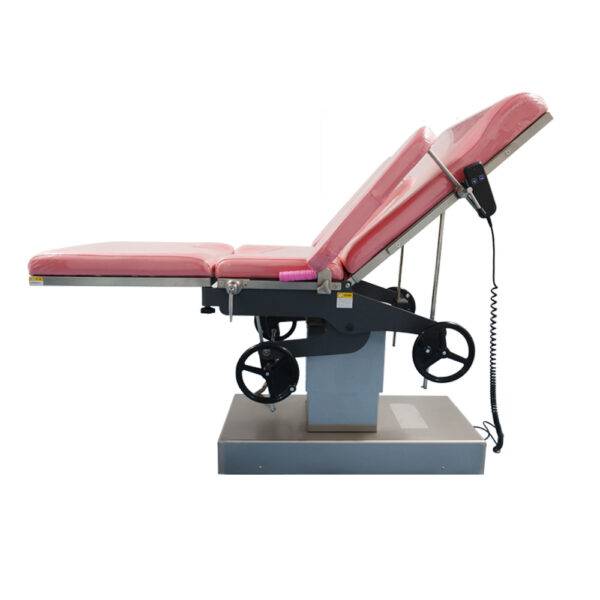
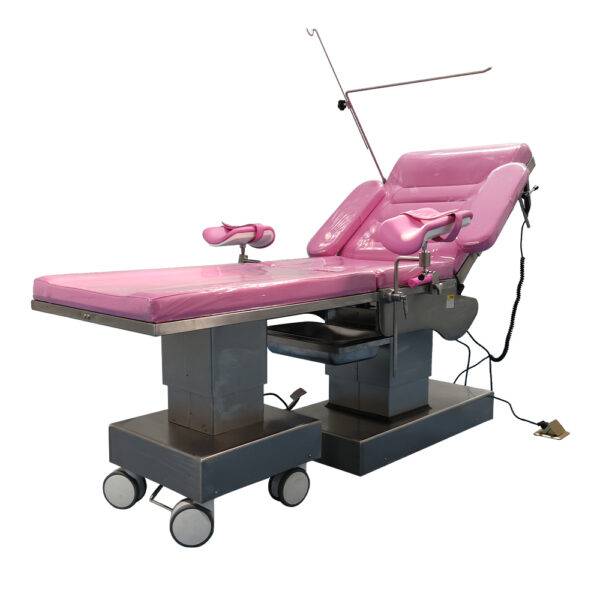
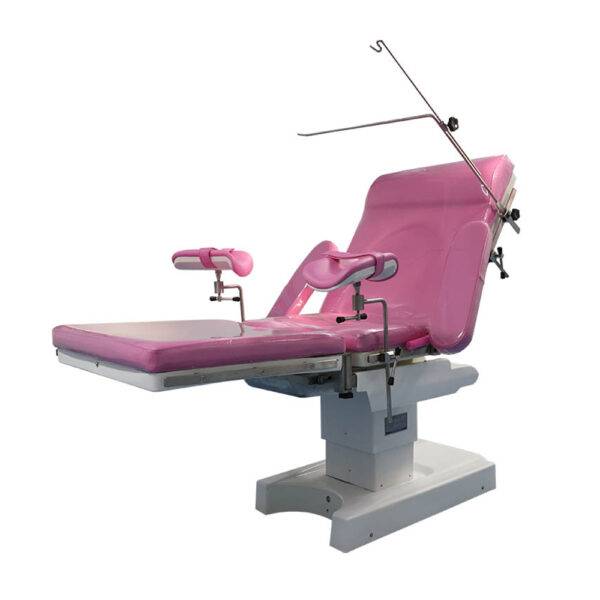
vantaggi:
Svantaggi:
vantaggi:
Svantaggi:
vantaggi:
Svantaggi:
Scegliere la giusta dimensione del tavolo operativo è una decisione complessa che richiede un'attenta valutazione delle esigenze del paziente, delle esigenze chirurgiche, delle preferenze del chirurgo e dello spazio disponibile. Adottando un approccio sistematico e comprendendo i vantaggi e gli svantaggi delle diverse dimensioni dei tavoli, le strutture sanitarie possono garantire il massimo standard di assistenza. Il tavolo operatorio giusto può migliorare i risultati chirurgici, aumentare la sicurezza del paziente e aumentare l'efficienza della sala operatoria.
Qual è la dimensione più comune per un tavolo operatorio?
La dimensione più comune è progettata per ospitare un paziente adulto medio, in genere con una capacità di peso fino a 500 libbre.
Tutte le sale operatorie necessitano di un tavolo bariatrico?
Sebbene non tutte le sale operatorie richiedano un tavolo bariatrico, gli ospedali che servono una popolazione con una maggiore prevalenza di obesità potrebbero trarre vantaggio dalla sua disponibilità.
Può un tavolo operativo essere troppo piccolo per un paziente?
Sì, un tavolo operatorio troppo piccolo può causare disagio al paziente, aumentare il rischio di cadute e limitare l'accesso per l'équipe chirurgica, compromettendo la sicurezza e l'efficienza.
Esistono delle normative che regolano le dimensioni dei tavoli operatori?
Non esistono normative specifiche per le dimensioni dei tavoli operatori, ma esistono standard per la loro progettazione e funzionalità, volti a garantire la sicurezza del paziente e l'efficienza delle procedure.
Con quale frequenza dovrebbero essere sostituiti i tavoli operatori?
I tavoli operatori devono essere sostituiti in base all'usura, ai progressi tecnologici e ai cambiamenti nella demografia della popolazione dei pazienti, che potrebbero richiedere dimensioni o caratteristiche diverse del tavolo.
